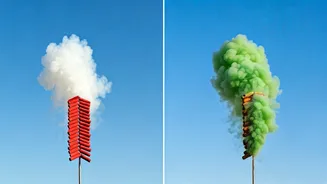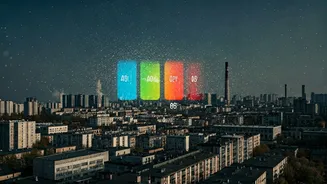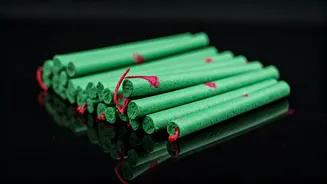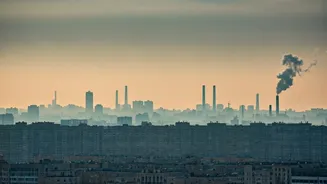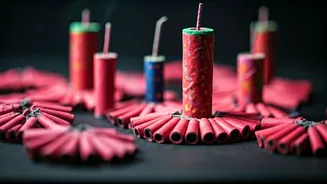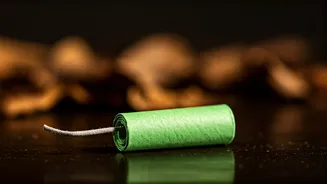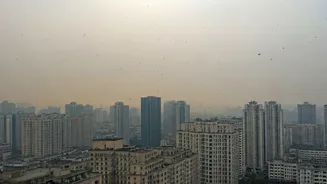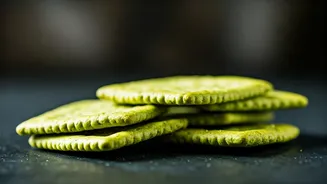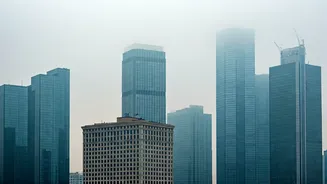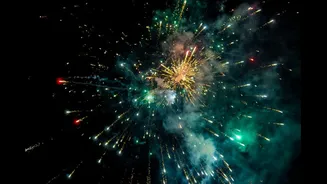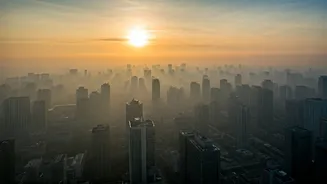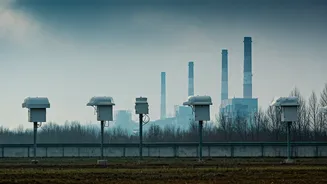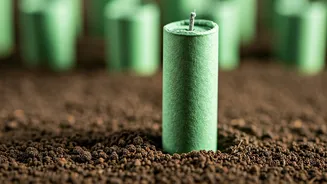Cleaner, Not Clean
The advent of green crackers has brought a shift in the landscape of Diwali celebrations. These crackers are marketed as a greener alternative to the conventional
ones. However, the premise is not about complete harmlessness. The core intention behind their design is to reduce the emissions that are usually released when traditional crackers are burned. While they do offer some degree of improvement in air quality, they don't necessarily equate to a completely clean or harmless choice. The scientific understanding of the chemical reactions involved in their functioning plays a crucial role in forming an informed opinion. The key is to understand the nuances of the chemical processes and the types of emissions that they produce, giving the people an opportunity to make a more informed decision regarding their use during festive periods. This information, when interpreted, helps the audience to distinguish between marketing claims and the actual environmental impact of green crackers.
Science Behind Sparkle
The fundamental difference between green crackers and traditional ones lies in their chemical composition. Traditional crackers utilize black powder and other compounds that release large amounts of pollutants when ignited. These pollutants include sulfur dioxide, nitrogen oxides, and particulate matter, all contributing to air pollution. Green crackers, on the other hand, are formulated to reduce these harmful emissions. They do this by substituting some of the traditional ingredients with alternative compounds, and modifying the combustion process. For instance, some green crackers use less polluting chemicals or employ technologies that trap or neutralize harmful substances. Specific types of green crackers are designed to emit water vapor instead of harmful gases. These modifications aim to make the explosion process cleaner, although it's crucial to acknowledge that complete elimination of all pollutants is often unattainable. Scientific investigation and analysis is vital in evaluating the actual impact of these crackers in comparison with conventional ones.
Impact on Air Quality
The impact of green crackers on air quality is a subject of considerable debate. Studies and data analysis consistently show that, when compared to traditional crackers, green crackers do contribute to a decrease in pollutants. However, it's essential to recognize that even though green crackers may be less harmful, they do still release particulate matter and other pollutants into the atmosphere. The extent of this reduction can vary based on the specific type of green cracker, the materials used, and the conditions in which they are burned. Also, a single green cracker might not cause significant pollution, but during festivals, where large numbers of crackers are used simultaneously, the cumulative effect can still be significant. It is very important to consider the overall impact, taking into account the quantities used and the broader environmental context. Thus, while offering a step in the right direction, green crackers are not a complete solution to the pollution created by firecrackers.
Weighing the Options
The choice between traditional crackers and green crackers, or the decision to avoid firecrackers altogether, depends on many factors, including personal preferences, environmental consciousness, and local regulations. While green crackers offer a reduced environmental footprint, the best way to safeguard air quality is to minimize or eliminate the use of all types of firecrackers. For those who opt to use crackers, choosing the green variety can be a way to celebrate responsibly. Awareness of the product specifications and the claims made by the manufacturers is important to choose the right products. Furthermore, encouraging community efforts towards reducing pollution and promoting eco-friendly practices can boost public health and environmental sustainability. Responsible celebration also involves minimizing waste and supporting initiatives that prioritize the health of the environment, contributing to a better Diwali season and a cleaner future.
